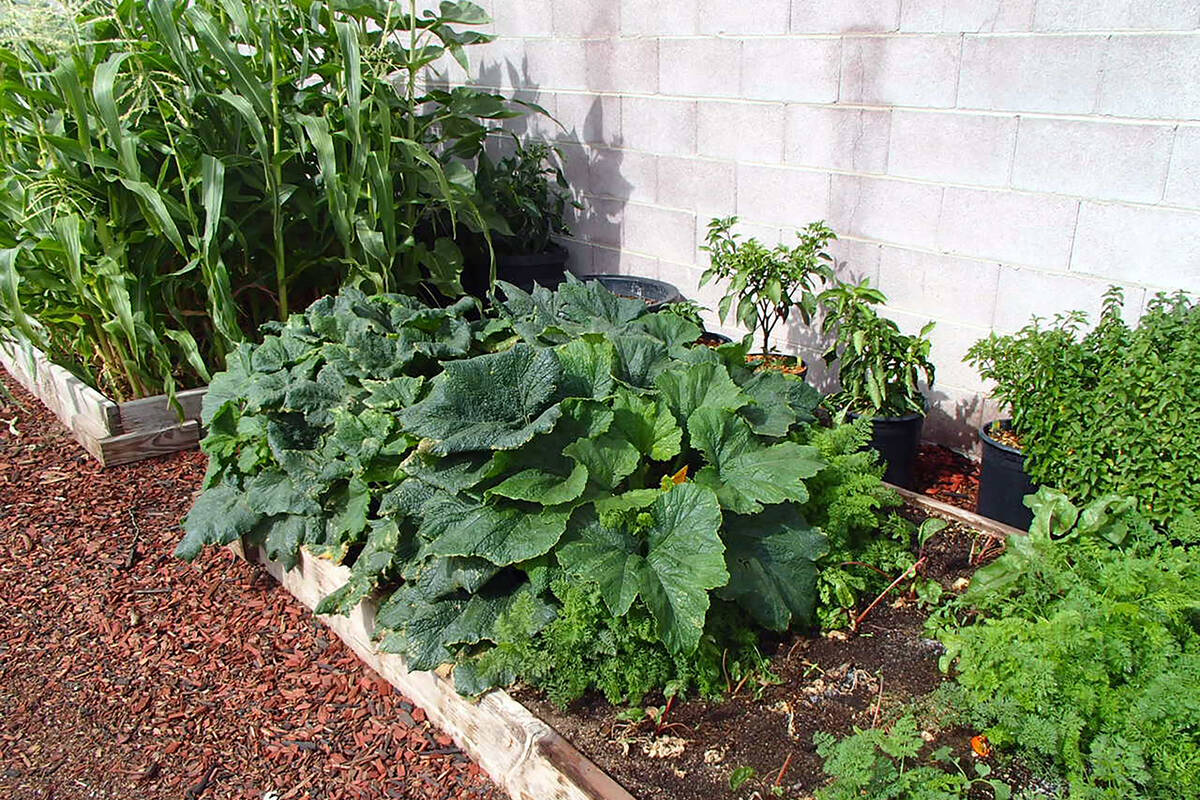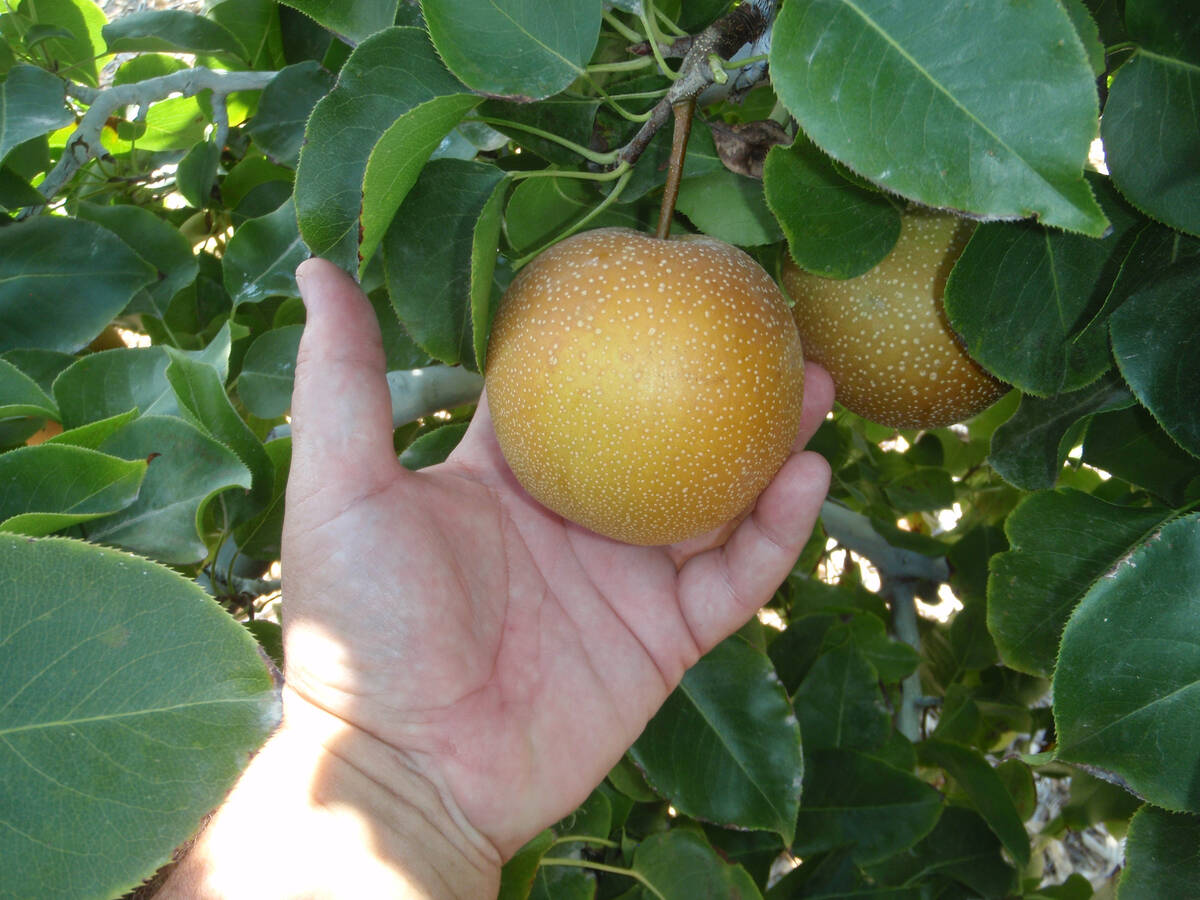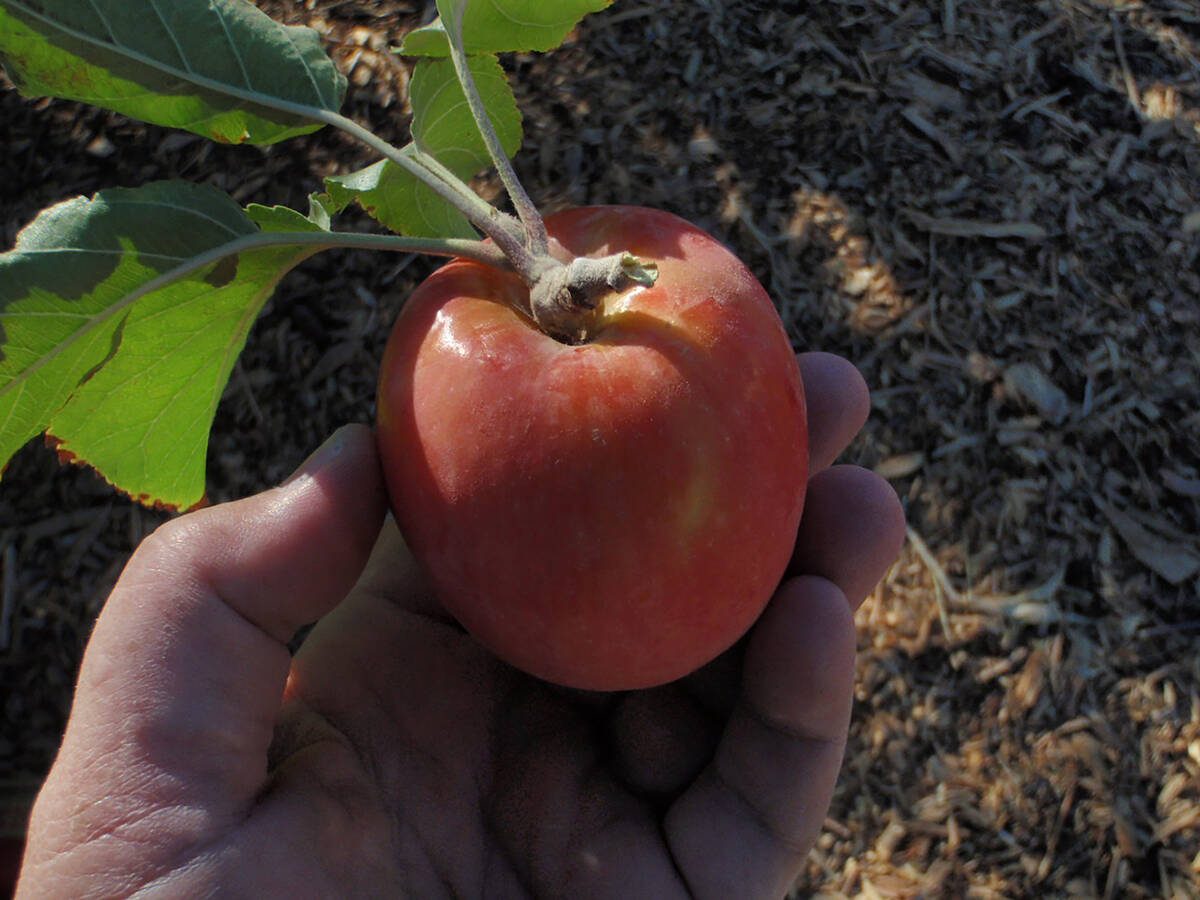How to renew organic material in soil that appears worn out
Q: I have a 10-by-15-foot raised bed garden. It’s 20 years old. I add 16-16-16 fertilizer and bonemeal to it every year. Will the compost from a local nursery help my dirt? In the last five years, the garden hasn’t been as productive as it was in the past.
A: I am positive that the “organic section” of the soil is gone or worn out. You can see it’s gone because the color is not chocolate brown anymore. That organic section must be renewed. If you look at your soil closely, it won’t have any structure to it. Just adding fertilizer won’t help, because there’s no structure left.
You can renew the organic section by adding a 2-inch layer of rich compost to your soil mix or by following a two-step process. In either case, all you need is a 2-inch layer initially and then add 1 inch every year it’s growing vegetables or herbs.
I’m not sure if the compost from a local nursery will work. If you want to go that route, it’s a two-step process. First, you have to add a highly pulverized wood chip mulch (enough bags of mulch to cover the area 2 inches deep), then add a high nitrogen fertilizer. The reason I’m telling you high nitrogen is because you are already adding a 16-16-16 fertilizer. The nitrogen fertilizer helps compost wood chips faster when it’s warm and moist. The least expensive nitrogen fertilizer is ammonium sulfate or 21-0-0.
A simpler method is just to add rich compost to the soil and dig it into the soil deeply. There is only one facility, to my knowledge, in Las Vegas that sells a rich compost. That is Viragrow Inc. in North Las Vegas.
Q: I am no expert, but we had half an acre in California and had about a dozen fruit trees and various berry bushes. I will stay with peach and apricot, and maybe an apple if there is a variety you would recommend. Regarding berries, can I assume raspberries or blackberries would work well? Is the climate too hot and dry for blueberries?
A: Apricot varieties on any rootstock seem to be the best for the desert, including some of the newer hybrids (as long as the fruit looks like an apricot). This is followed by plum and pluot on any rootstock. The better plums include Santa Rosa, Catalina and Satsuma, and the pluots include Flavor King, Flavor Queen, Flavor Grenade and Dapple Dandy.
All peaches did well, but they are short-lived (12 to 15 years) compared with apricot and plum. I would stay away from the rootstock developed for peach called Citation.
As far as the berry bushes go, I have not found a good raspberry that lasts more than two years. I have found two blackberries that I would recommend for our desert, but they need to be harvested the same day the fruit ripens. These blackberries have lasted at least 10 years. They are varieties called Womack and Rosborough. I tested a variety called Brazos but didn’t have much luck. Blueberries will work but not without a lot of effort.
I had luck with European and Asian pears, including Bartlett, Comice and d’Anjou on any rootstock. Asian pears produced superior fruit. Apples were the hardest to grow, except the late-producing Pink Lady and Mutsu. The only apple rootstock they were tested on was M111.
I am sending you a copy of the evaluations of fruit trees I did at the Research Orchard for UNR in North Las Vegas. This is also available to others who request it. I know it’s old, but the fruit trees haven’t changed much. I have tried many of these varieties and others in a private, 3,000-fruit tree orchard I have been working with in Las Vegas over the past six or seven years.
Q: What should I do with the pods from my dormant Texas yellow bell plant? I don’t want them to go to waste. Can I dry them out and plant the seed in pots? Or should I wait until spring to plant the seeds? Right now these pods are turning yellow.
A: If you want to get rid of the pods, then make ethylene gas to cause the ovaries to abort. Ethylene gas released close to the potential fruit cause flowers to abort. Both of these products must be sprayed when the flowers are open. The ethylene gas is released close to the ovaries where it can’t be bothered by wind. You can buy a product called Olive StopR and use it to make ethylene gas, but its rate of application is not listed. The other product I would recommend is called “Florel.” Both produce ethylene gas for ovary abortion but must be sprayed twice; once at 20 percent and another time at 80 percent of full flowering.
If you don’t want to get rid of the flowers, then another possibility is to plant the seeds when they are mature. Texas yellow bell seed has no dormancy issues. They should germinate quite easily. The seeds are one quarter inch in size and winged.
Fill a 4-inch peat pot with sterilized garden soil and add water to get the soil to settle. This should leave about half an inch of open space at the top. The seed should stay moist but not necessarily the soil. Water until it comes out the bottom of the peat pot. The seed should germinate under warm conditions in about two weeks.
Q: I was curious if you knew how long a sago palm can remain toxic after it has died? My dog chewed one up in the backyard. I’ve picked up all the pieces I could find, but I’m sure I missed a few small ones.
A: I can only guess because there is no hard data that supports this topic. A landscape architect and I estimated that about 70 percent of the plants in most of our landscapes are in some way poisonous. This toxicity probably varies from mild to extreme, from acute to chronic.
An example of a landscape plant that is acutely toxic is oleander. For example, reports of oleander toxicity to humans and pets are numerous and range from one leaf to several, smoke, stems, roots, flowers and seed. The National Institute of Health tells us that symptoms of acute poisoning appear within two to four hours. Though, the University of California reports that composted mulch made from oleanders is safe to use around vegetables.
Sago palm is different. All of its living plant parts are poisonous. How poisonous I am not sure, but seed seems to be the most toxic. If I were to guess, I’d say acute toxicity would appear in eight hours or less. Chronic toxicities would take longer.
Q: I have a very large fruitless mulberry in my front yard. It’s a great tree and offers tremendous shade in the heat of the summer. My understanding is that the root system will stay approximately the same size as the canopy. Is that true? I have had some tiles crack throughout my house, although my sidewalk to the front and the visible foundation do not show signs of cracking or lifting.
A: Under rain-fed conditions (with lawns, that’s about what you have as far as the lawn stretches) the roots of a tree will spread equal to about its height. In other words, if you laid it on its side and spun a circle with it, this circle will roughly show you where the roots might be. Of course, the roots will be denser where there is more water.
Bob Morris is a horticulture expert and professor emeritus of UNLV. Visit his blog at xtremehorticulture.blogspot.com. Send questions to Extremehort@aol.com.



















